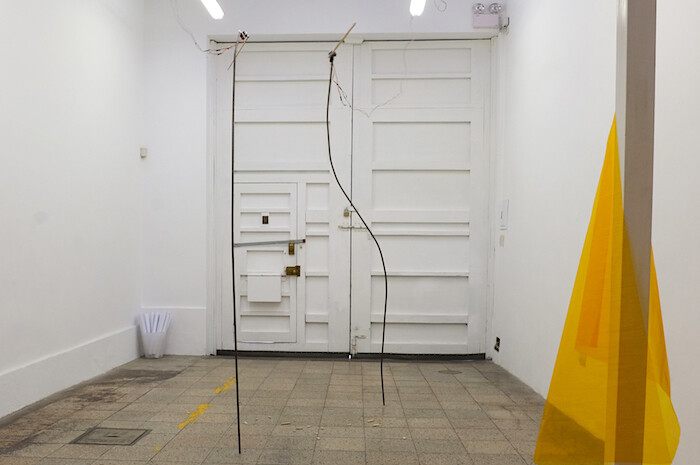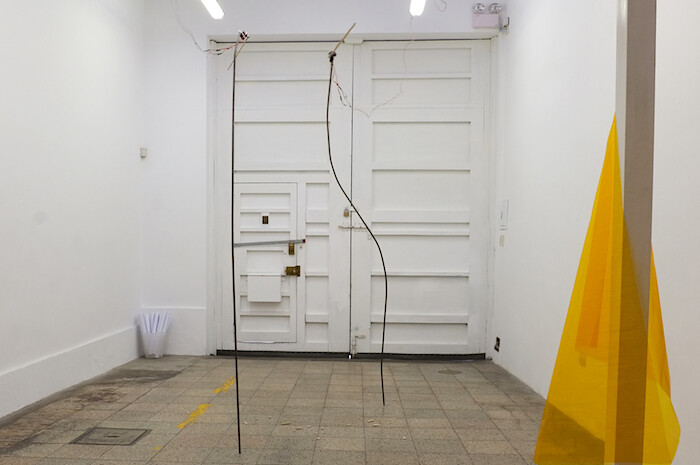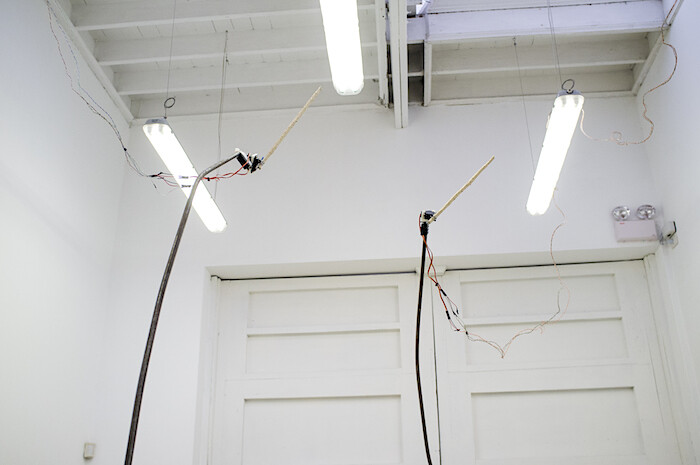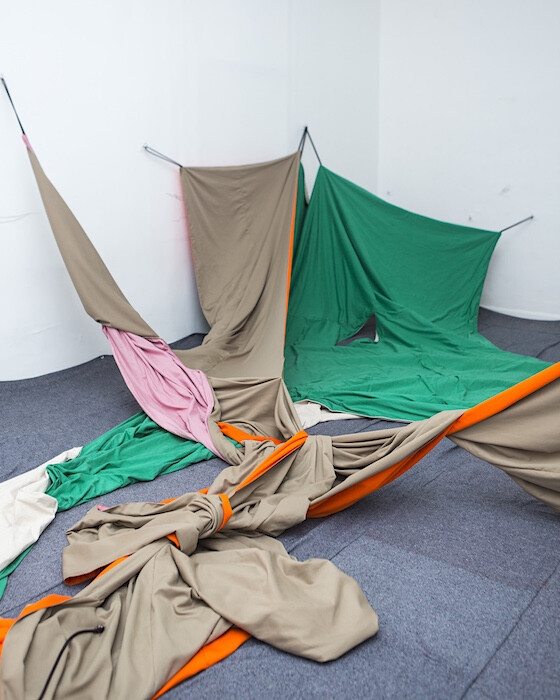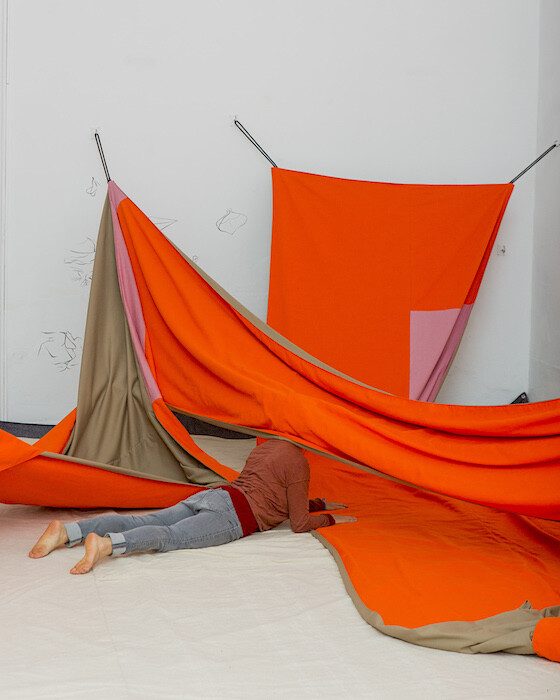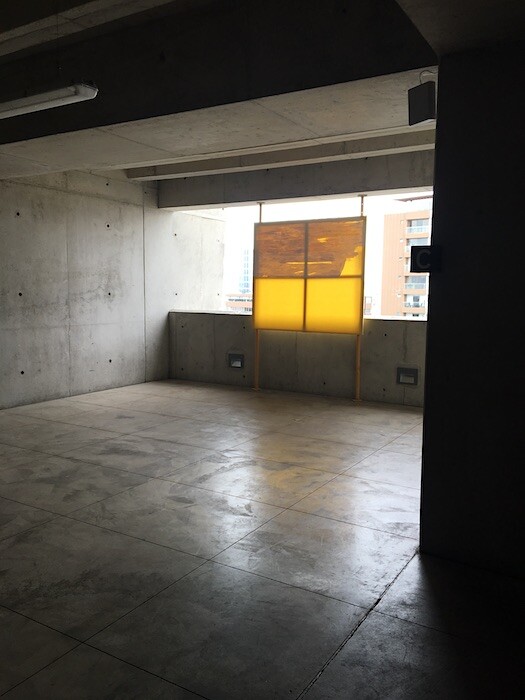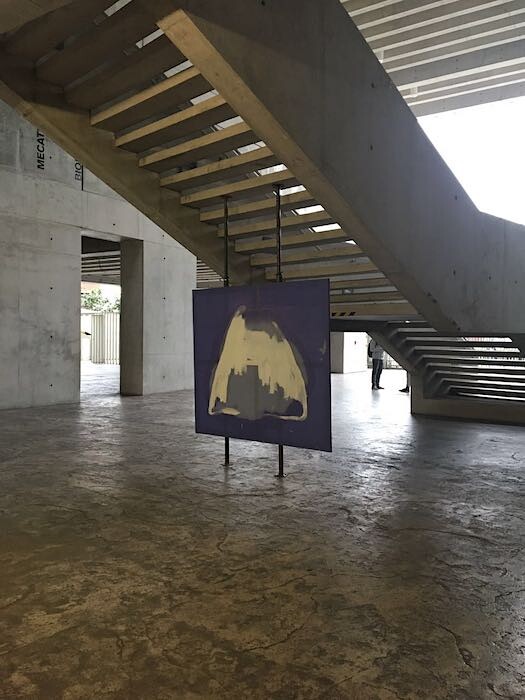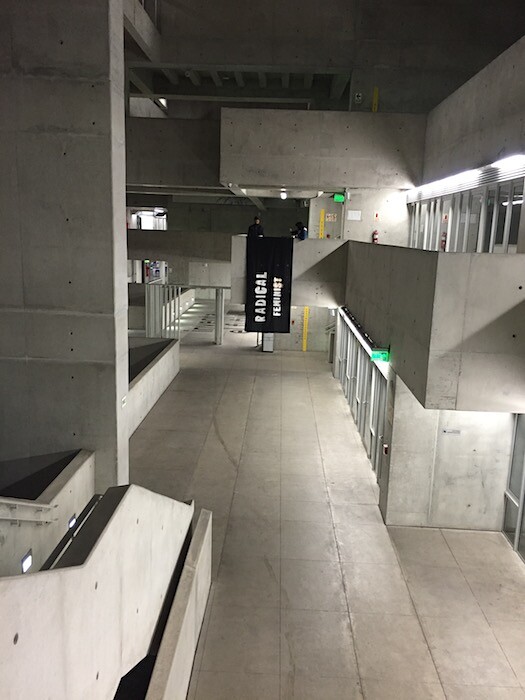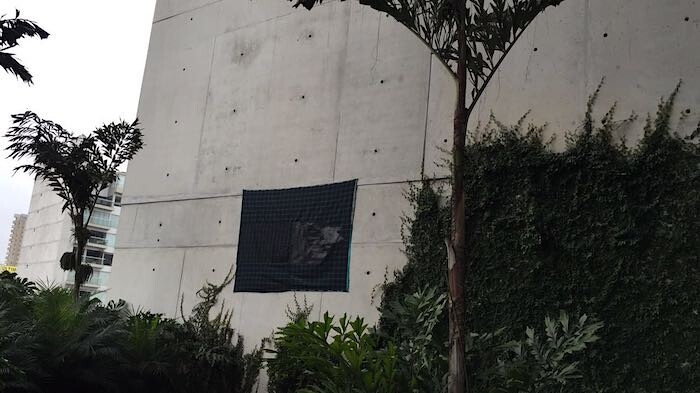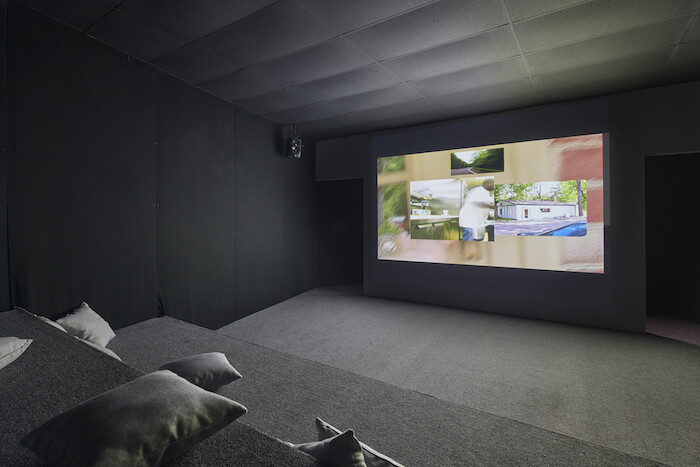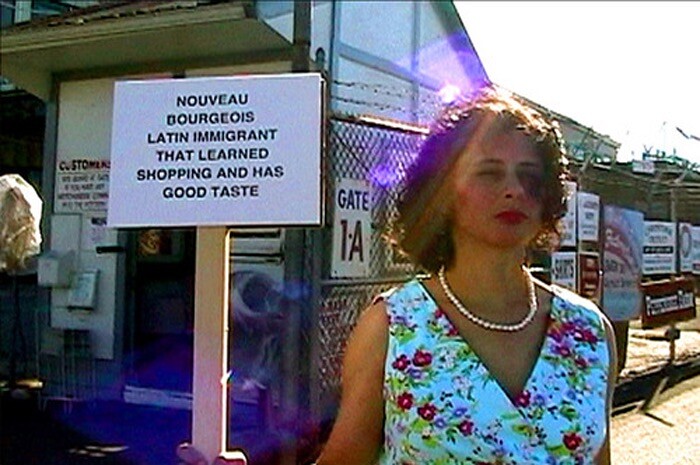I’ve often found myself wondering whether it would really be such a radical gesture to show a majority of work by women without bracketing it as women’s work. What would it be like to experience a city filled with exhibitions that weren’t reinforcing the patriarchal tendencies of the art world?
In Lima this possibility came true.
It’s unclear if these exhibitions were coordinated to coincide with the #NiUnaMenos (NotOneLess) demonstration that drew more than 200,000 people to march on Lima to protest violence against women on August 13. Despite being an international movement, Ni Una Menos’s “cry against impunity” seems to have struck a particularly resonant chord in Peru where, according to Ana María Romero-Lozada, the country’s Minister for Women and Vulnerable Persons, ten women are murdered every month and twenty more are victims of attempted femicide, amounting to “about one [attack] per day.”1
For a city of ten million people, Lima’s art scene is small, with few progressive contemporary art galleries. As often happens elsewhere, Lima’s most experimental exhibition programs are found either in alternative spaces or galleries that started as alternative spaces, and curiously all of them were showing solo exhibitions by women.
“Body Moves,” at Garúa, is named after Pamela Arce’s 2016 piece. The work consists of two spindly rebar poles fixed with tiny robots that are powered by wires spliced into the gallery’s fluorescent lights, which Arce programmed to move in random directions at irregular intervals. As the robots spin, they swing small, flat, ceramic rectangles, like mini BattleBots haphazardly fencing with tagliatelle noodles that shatter on contact.
Nearby, at gallery 80m2 Livia Benavides, was “Desconocer juntos, ir a otro” (2016), a collaborative installation by Peruvian artist Rita Ponce de León and Argentine artist Tania Solomonoff, which covered the floor of the gallery with hundreds of yards of drill fabric. By forcing viewers to remove their shoes to interact with the piece, the artists cultivated an intimate experience that seemed to instinctually invoke memories of other fabric landscapes: children’s parachute games, blanket-fort sleepovers, pillow talk with lovers, and bedside goodbyes with the dying. Yet the strange shapes made with the fabric imply a brightly colored soft machine built for a mysterious purpose. As the artists’ text states, “We come from violent environments that in one way or another have given us shape.” In “Desconocer juntos, ir a otro,” Ponce de León and Solomonoff seemed to have distilled the violence and controlling forces that are part of the quotidian female experience and reinterpreted them into an immersive work that leverages aggression with intimacy.
Revolver Gallery, in Lima’s Miraflores district, also displayed works that used fabric as their materia prima, but rather than exhibit in the gallery, artist Jazmín López elected to exhibit her solo exhibition “A negro, E blanca, I roja, U verde, O azul” offsite, dispersing her work throughout the University of Engineering and Technology of Lima (UTEC).
UTEC is a looming neo-brutalist concrete building perched above a steep ravine in Miraflores that leads to the sea. A frigid jumble of right angles, UTEC’s stepped design and cantilevered floors reveal cavernous volumes open to the mist as high as seven stories up. Wandering the building in pursuit of López’s works, curated by Juan Canela, feels like an intimidating sojourn into a dystopian future. In this rectilinear labyrinth that refuses color or ornamentation, López’s pieces seem to drift like ephemeral ghosts hidden in plain sight, their softness underscoring the space’s unforgiving hardness. A flag that reads “radical feminist,” Rebellion Consists Of Looking At A Rose Until Pulverising One’s Eyes (2016), luffs in the wet winter air. Damp unstretched paintings on colored fabrics sag from their pinnings. A banner installed in the university’s underground parking structure behind a parked Prius looks to sum up the strangeness of the space with a hand-painted quote from Michelangelo Antonioni’s Red Desert (1964), in which a woman wanders through an industrial landscape: “There’s something terrible with reality and I don’t know what it is.”
Proyecto AMIL presented “Videos de esta mujer: registros de performances 1997-2010,” the first comprehensive solo exhibition dedicated to the work of Peruvian feminist performance artist Elena Tejada-Herrera, curated by Florencia Portocarrero. Heavily influenced by the theater of daily Limeño street life, as well as by the terrorism and humanitarian violations committed by the regime of Alberto Fujimori, Tejada-Herrera’s work is indicative of a kind of South American political-conceptualist practice that evolved largely outside the influence of earlier performance artists in the United States and Europe and that is only just beginning to receive its due.
Resisting sexist violence, building communities, reclaiming diminished histories, and establishing agency are daily struggles that women face just about everywhere but especially in Latin America. When Lima’s galleries offered a majority of exhibitions by women it was exciting to glimpse the possibility that, in a country where the creative community is building up a contemporary art scene without the usual financial supports of the market or the state, feminist practices might be the ones to offer strategies of resistance and visions of the future.
Dan Collyns, “Women in Peru protest against rising tide of murder and sexual crime,” The Guardian, August 13, 2016, https://www.theguardian.com/global-development/2016/aug/13/women-peru-protest-rising-tide-murder-sexual-crime.
